1. Watermelon
Watermelon is a popular fruit during the Tet holiday. It is often included in fruit trays as it symbolizes luck, happiness, and joy for the family. When choosing a watermelon, look for a small and dried-up stem, which indicates ripeness. A good watermelon will have a firm and round fruit with a shiny skin and prominent black stripes.

2. Papaya
Papaya is a must-have fruit in the tray of fruits during Tet as it represents wishes and prayers for the family in the new year. To choose a ripe papaya, look for a fruit with soft skin and large protruding spikes. For longer storage, choose green and firm papayas with fewer spikes and no cracks or black spots.
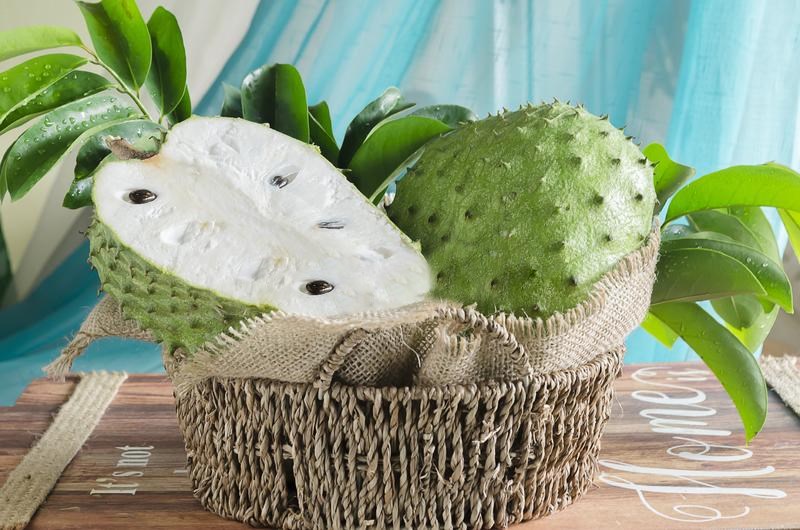
3. Persimmon
Persimmon is a fruit that is always present in the fruit tray during Tet as it symbolizes prosperity and abundance. When choosing persimmons, look for fruits that are still attached to the calyx or have detached calyxes without bruises. For display purposes, choose persimmons with the same ripeness, size, and color. Non-astringent persimmons are tastier, with a round shape, glossy skin, and pinkish hue inside.
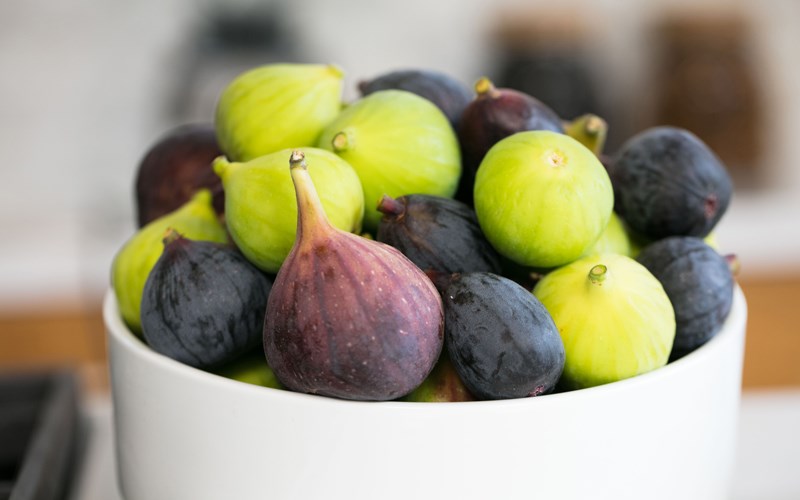
4. Coconut
When choosing coconuts for drinking, select the xiêm coconut for sweeter and more nutritious water. Choose coconuts with green husks and white flesh inside, with a shiny and smooth surface. Avoid overly large xiêm coconuts, as they are not naturally large. For display purposes, choose coconuts with shiny and smooth green husks and green stems.
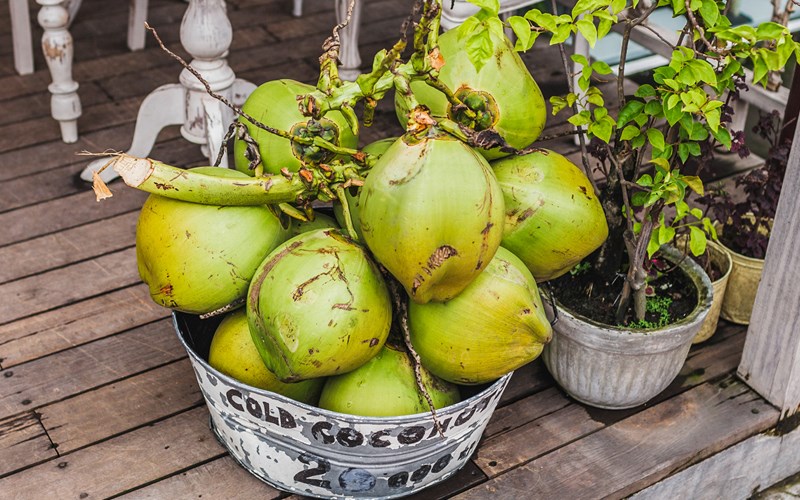
5. Papaya
Papaya represents abundance and prosperity for the family, both in material wealth and the fullness of children and grandchildren. For a ripe and delicious papaya, look for a yellowish color, sticky resin, long and heavy fruits that feel fragrant when held. For display purposes, choose slightly green and unripe papayas with green and firm stems.
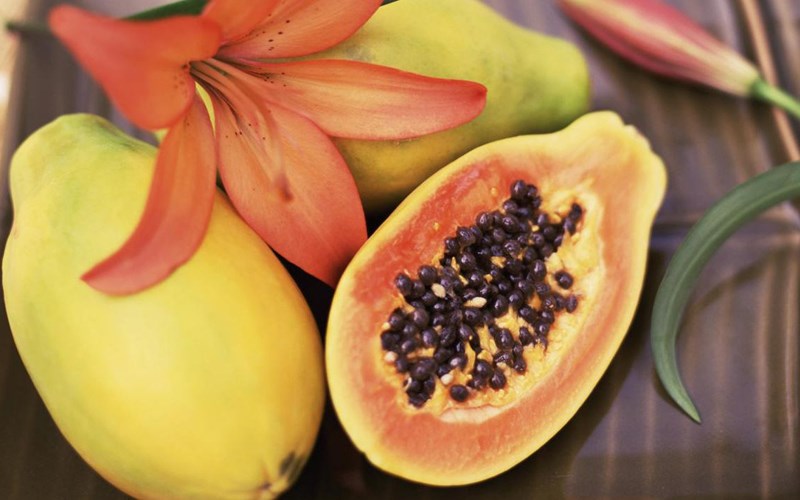
6. Mango
Mango is always present in the fruit tray during Tet, symbolizing abundance in spending without lack for the family in the new year. Choose slightly green mangoes with smooth and shiny skin, without deep scratches or bruises. When pressed, the skin should be soft and the flesh should be delicious, large, and juicy. The color may not be uniform, usually with a yellowish hue. Avoid choosing green mangoes that feel soft, as they are unripe.
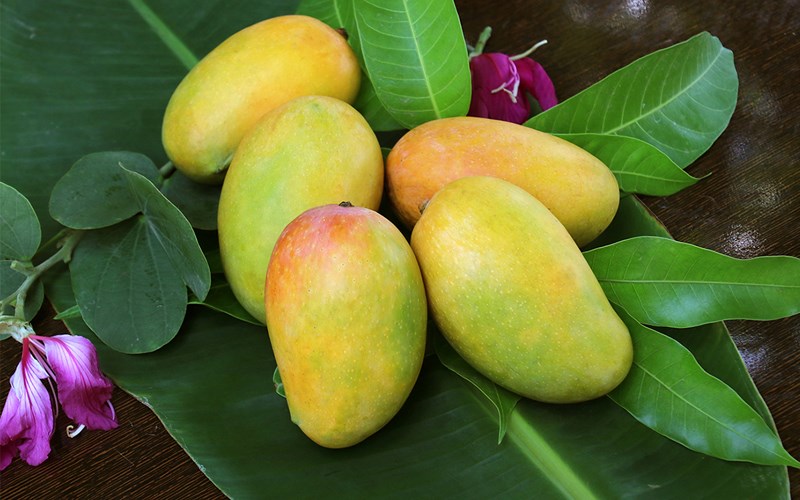
7. Rambutan
Rambutan is a delicious and nutritious fruit that is often loved by many people. Choose rambutans with fresh green stems, dark red skin, and a soft texture when squeezed. Avoid rambutans with hard and dry skin, as they may be old and not edible.
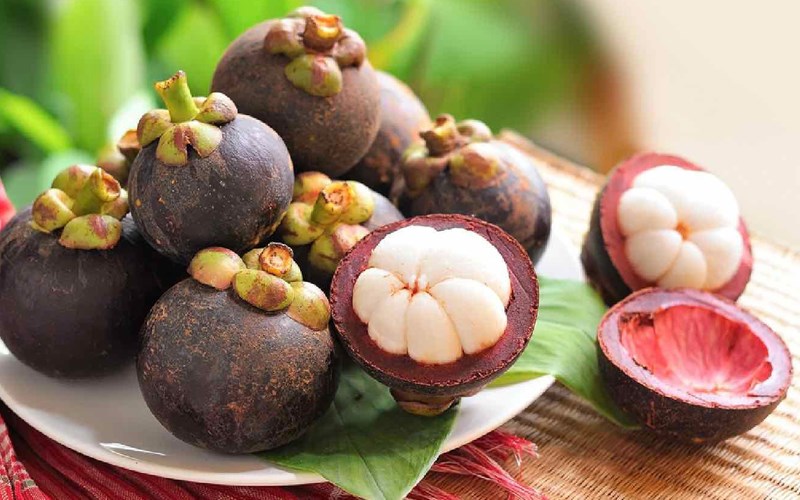
8. Pomelo
Pomelo is a fruit that can stay fresh for a long time, making it ideal for display purposes. It symbolizes abundance, luck, and good fortune. Choose pomelos with shiny and smooth skin, a large and round shape, and a heavy feel when held. The skin may not be completely uniform, usually with a white mold layer on top. When pressed, the outer skin should be slightly soft.

9. Banana
Banana symbolizes protection and brings blessings to the family. Choose ripe and tasty bananas without black spots on the skin or soft spots when touched. Look for bananas with a square shape and sharp corners, thin skin, and a golden yellow color.

10. Buddha’s Hand
Buddha’s Hand fruit symbolizes the hand of Buddha, bringing protection and blessings. Choose Buddha’s Hand fruits with many fingers spreading out like petals and with a uniform size and color. The skin should be smooth without dark spots or blemishes.
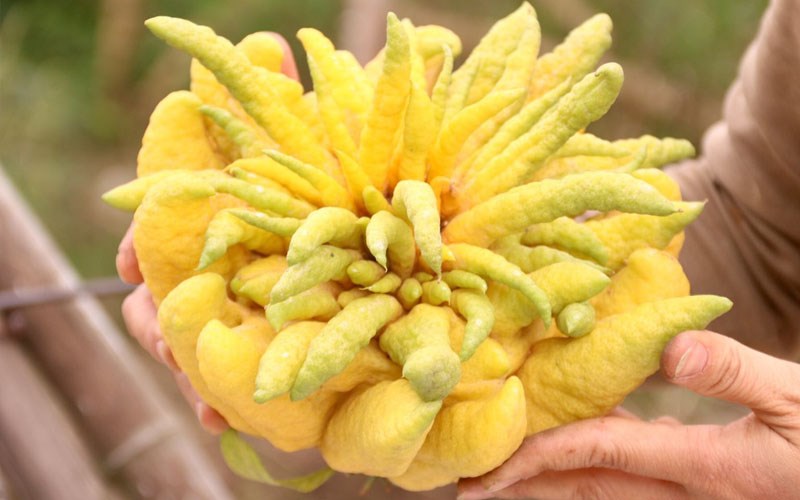
11. Dragon Fruit
Dragon fruit symbolizes a happy family with abundant blessings, representing the convergence of dragons and clouds in the new year. Choose dragon fruits with dark red skin, firm and shiny skin, and soft spikes. The skin should be hard when pressed, indicating sweetness and juiciness. Avoid very hard, pale, or bruised fruits as they may be overripe or spoiled.
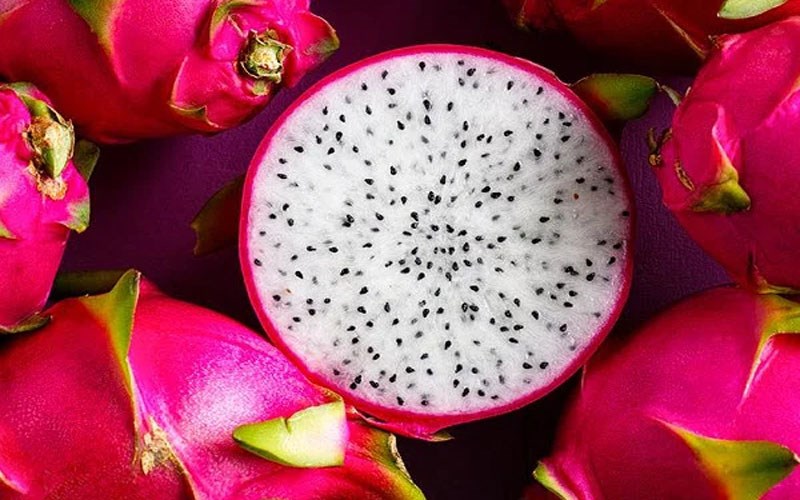
12. Pomegranate







































